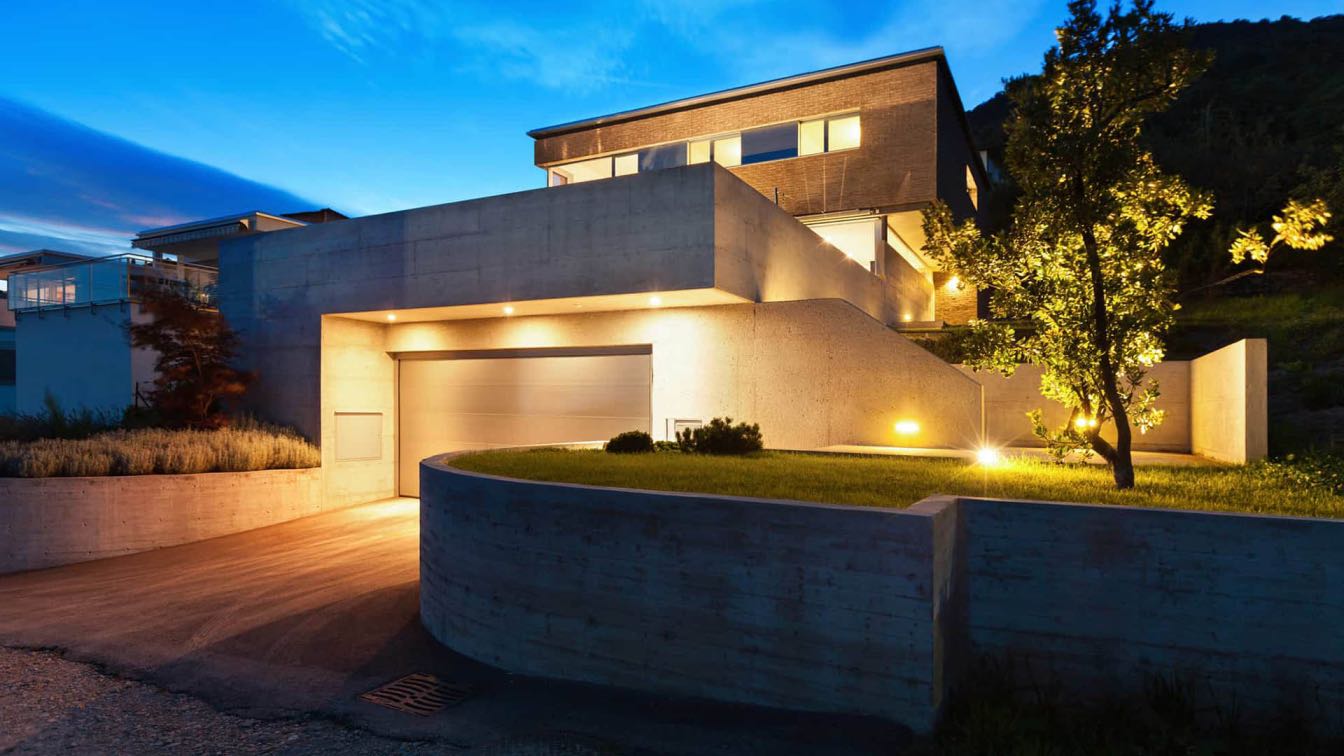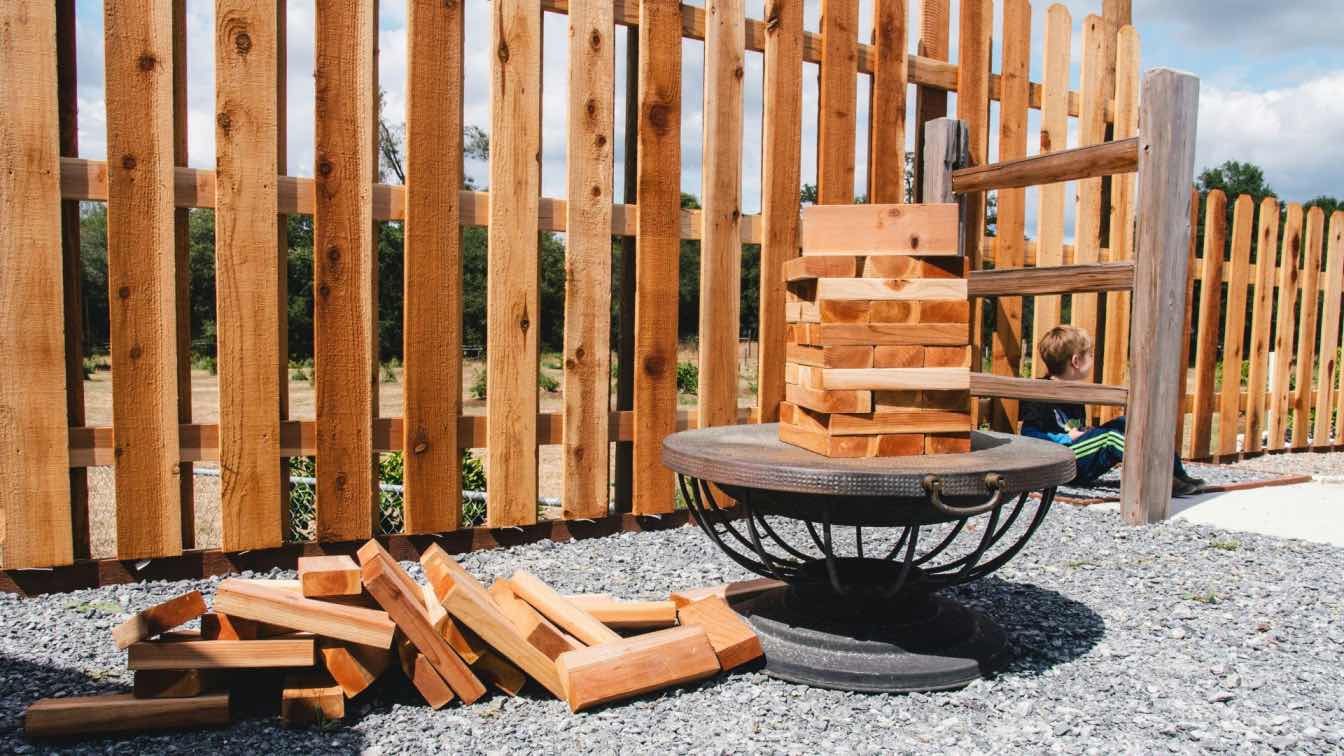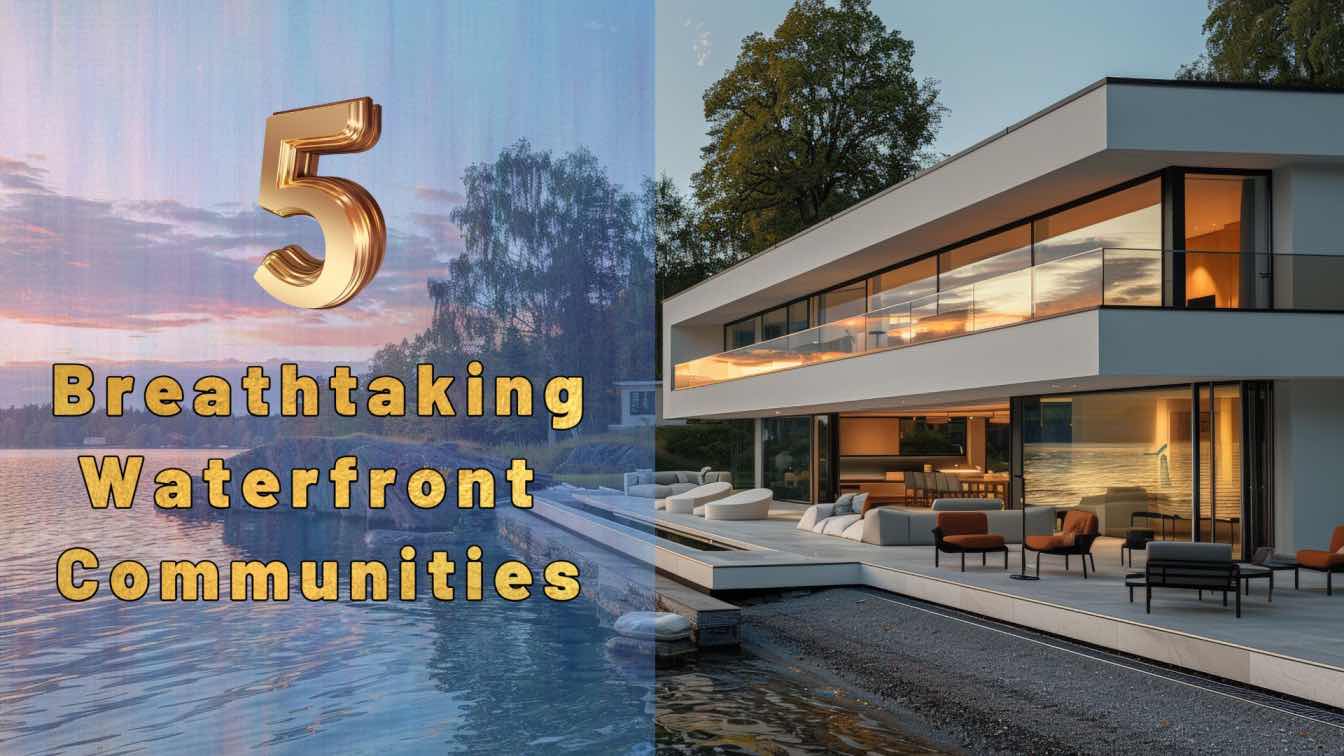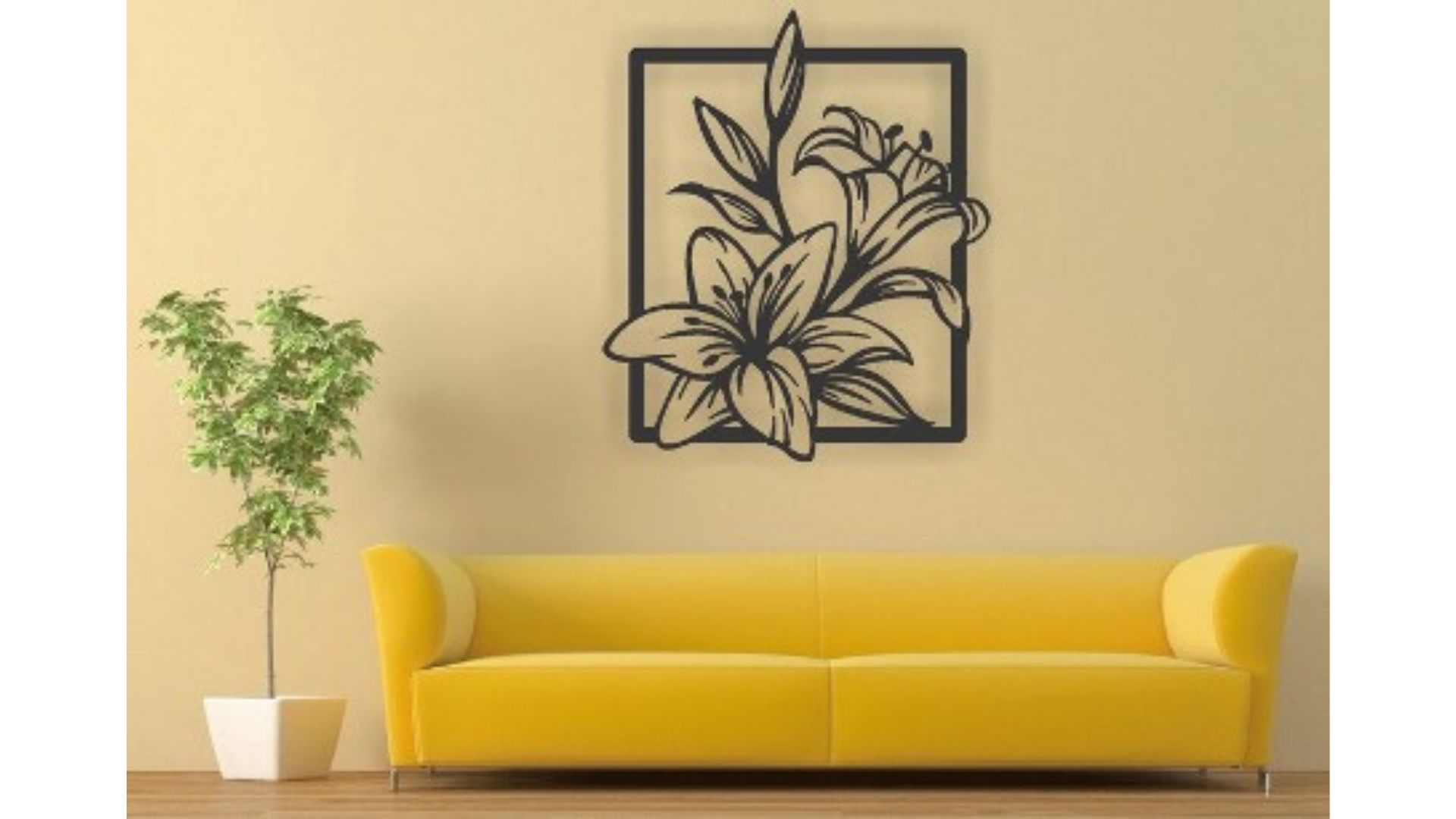Even two identically built homes can look different depending on how they’re accented. Letting creeping ivy grow on a trellis can offset a Lannon Stone façade, while a metal roof can better-accent the peaks of a roof. It’s not necessarily the architecture that makes a home—it’s how you showcase it. There are few better ways to draw attention to unique architecture outside of flood lighting.
Flood lighting is a particularly effective home lighting technique that, when done right, is more subtle than it sounds. Consider how you can use this basic lighting strategy to showcase your home’s architecture in the best possible light.
What is flood lighting and how does it work?
Flood lighting is a fundamental concept of property lighting. To flood-light a home, you’ll install fixtures low in the landscape with the light directed at the house. The light will wash the home with bright illumination, highlighting its unique architectural features to create beautiful warmth and curb appeal.
Multiple lights and angles highlight dynamic architecture
As with all forms of outdoor lighting, flood lighting works best with a “layered” strategy. By installing multiple lights at various angles, you’ll enhance the unique architectural features of your home—and the variety of your landscaping, too. Give each feature a soft wash of light with carefully-chosen and carefully-positioned fixtures.
Light for balance; don’t wash out your home’s details
Flood lighting is best when it’s subtle. In many ways, it’s better to create a “wash” of light rather than a “flood.” Adding too many fixtures to the landscape creates a stark blast of light that’ll completely overpower the details of your home. Stick to the philosophy that more isn’t always better, and carefully consider the number of lights, as well as their placement.
Simple floodlighting tips to highlight architecture
When it comes to flood lighting, there are some tried-and-true techniques that create stunning results. Keep these tips in mind as you’re selecting fixtures and determining placement to best-illuminate your home’s unique architectural features:
- Wall-washing is a popular lighting method, casting a warm, even glow on the entire façade of your home. This technique eliminates unwanted shadows and any imperfections, while highlighting key architectural features. Achieve this interesting effect by setting flood lights about 3-4 feet away from walls, creating a wide-beam angle that washes the entire façade with light.
- Sometimes, the absence of light can create incredibly eye-catching and appealing visual motifs. A lighting technique called shadowing can give your home some extra interest, projecting shadows onto the walls of your home. Install LED flood lights in front of a subject—trees with thinner foliage or shrubs work best—and aim the light towards a wall. Set the fixtures closer or further from the subject depending on how large you want the shadow to be. It’s a great method for creating depth.
- If you have masonry elements on your home’s façade, give wall grazing a try. This technique highlights the interesting texture and variety of stone walls, chimneys, rock veneer and other masonry features. Unlike wall washing, where light is cast in an upward direction, wall grazing involves light that’s angled in a way to exaggerate shadows, bringing out form and texture. Place fixtures about half a foot away from the wall at ground level. Again, move the fixtures closer or further away to achieve the desired affect and make shadows more or less pronounced.
- Homes that feature multiple columns or setbacks are a bit more challenging to flood light. If you set fixtures far from the walls, you’ll only light the features that are closest to the light source, and there may be dark spots in between that disappear. Use wider-beam light spreads to bring out these setback features. They effectively cast the light into those in-between spots that might otherwise get overlooked.
- Remember, flood lighting is best when it’s subtle. Choose fixtures that seamlessly blend with your landscaping—you want to see the light, but not its source. Small bullet lights are ideal when it comes to subtlety, and you can push it a step further by choosing in-ground flood lights that are completely flush with the ground.
Illuminate your home’s unique architectural features
Perfectly-positioned flood lights can truly set your home apart from the rest, bringing out its unique and alluring architectural nuances. Flood lighting adds beauty, drama and character to houses built in any style, from traditional to ultra-modern.
If you’re looking to create atmosphere and curb appeal by flood lighting your home, the quality of fixtures you choose is just as important as where you place them. Choose upgraded fixtures that will stand the test of time and add lasting appeal to your property. Then, place them accordingly for dynamic lighting that exemplifies your home as an architectural marvel.





